[title Journalist Report – November 16th]
[category journalist-report]
Sat 16 Nov
Sol 6
by Guy Murphy
Nobody wakes up planning on having a life-threatening emergency. This is especially
true on Mars. A similar range of medical events that occurs on Earth can strike on
Mars, but with the added complications of limited medical expertise, supplies and
facilities, and only delayed advice from Earth. Evacuation to your home planet is not
an option. If you are stricken on the surface, whether illness or accident, you will
need to be evacuated to the safety of a pressurised space. Outside you are vulnerable
to death by space suit depressurisation and freezing. In deciding on a rescue, you
colleagues will be subjecting themselves to risk. Knowing Mars is a dangerous place,
crew will have rehearsed emergency procedures many times, so as far as possible they
can protect human life without endangering their own. Last night, we put our rescue
procedure to the test with a simulated emergency and rescue.
Our crew engineer Shane Usher suited up and exited the airlock on a routine check of
Hab systems, including the electric rovers. He was in radio contact with Jennifer Lane.
While examining Spirit rover, he pretended to suffer an electric shock, and was
observed lying apparently unconscious next to the rover. His radio fell silent.
The remaining crew inside the Hab sprang to action. Larissa and I were quickly
nominated to go out through the airlock to bring Shane indoors. The time to put on
space suits, check radios and exit the airlock passed painfully slowly. We waited
through the depressurisation countdown, me holding a heavy duty carry sheet stretcher
and Larissa a board for dragging over up the stairs. At the rover we scanned for
danger, then tried to rouse Shane. He was (playing) unconscious. You can’t check a
person’s pulse or breathing directly through a space suit. We laid him sidewards on the
sheet, and dragged him to the hab steps. Deciding not to use the board, we dragged him
up to the platform by the door, which soon became very tiring. We bent the patient’s
legs to get him inside the airlock before commencing depressurisation. The inner door
opened, I stepped through and the other crew took over dragging our pretend casualty
through to a larger area where our medical officer Steve Whitfield could initiate first aid.
Overall, I think we performed reasonably well under the circumstance. We knew it was a
simulation and that it was scheduled, but it was still a tense experience. It was a
reminder that many emergencies can be planned for, and the extent of preparation can
have a significant impact on the outcome.
This afternoon Larissa, Shane and I returned to the micrometeorite site, collecting the
remaining samples and string grid, and returned to the Hab without incident.
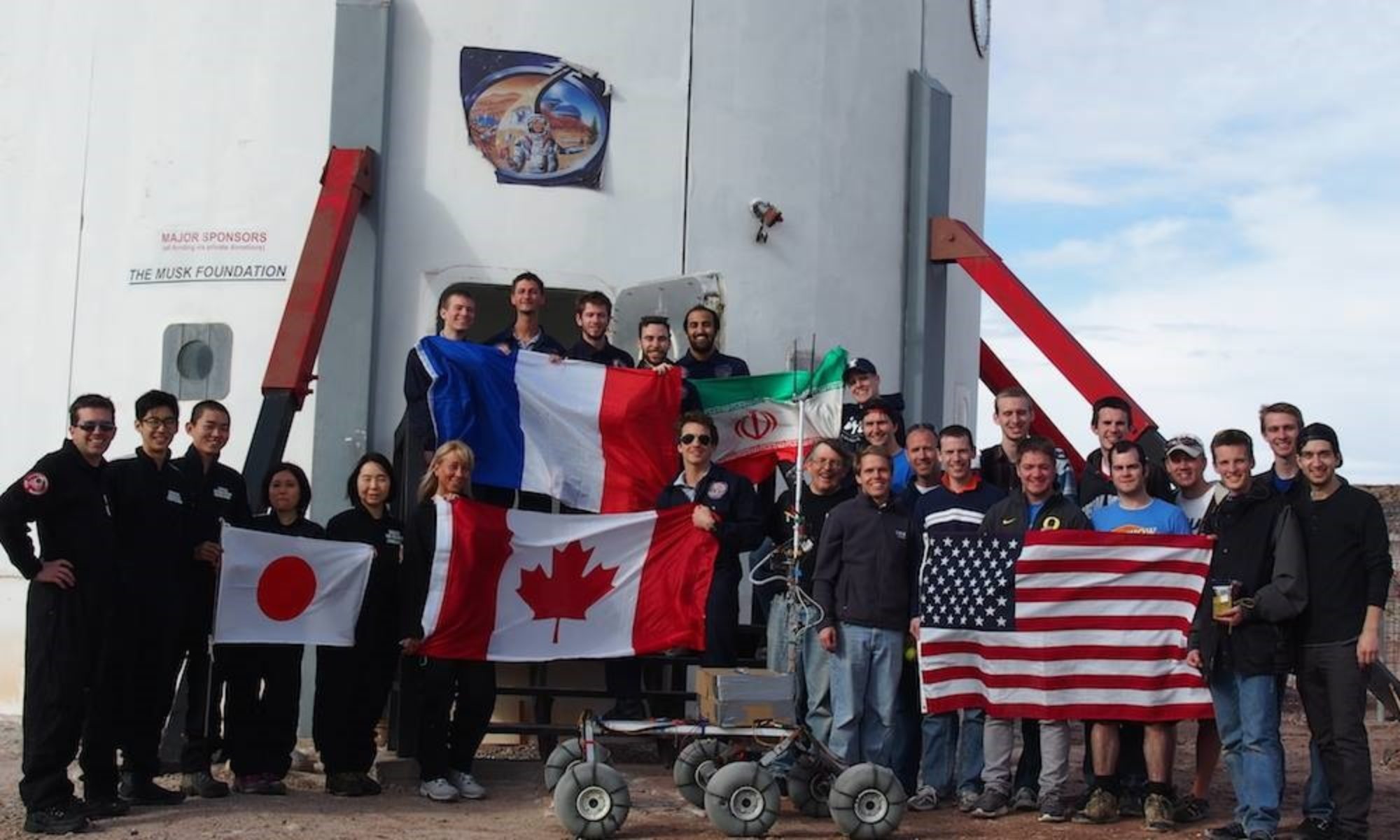

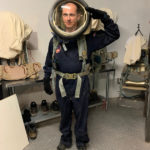
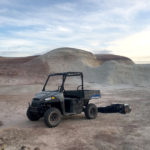
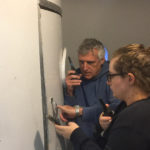
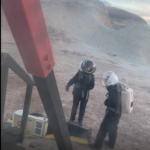
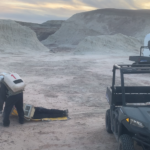
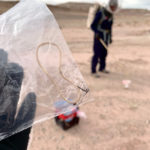
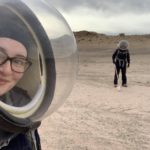
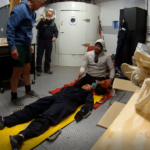
You must be logged in to post a comment.